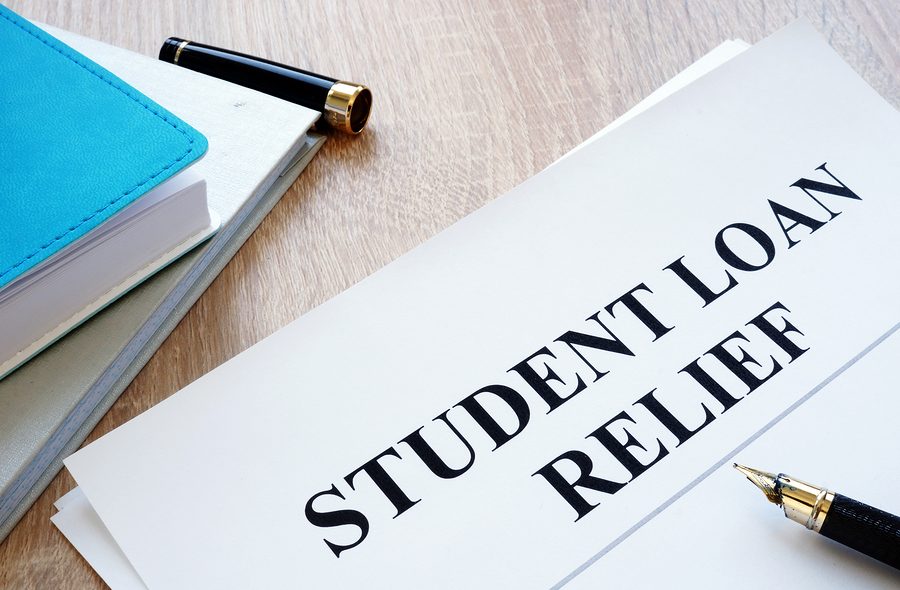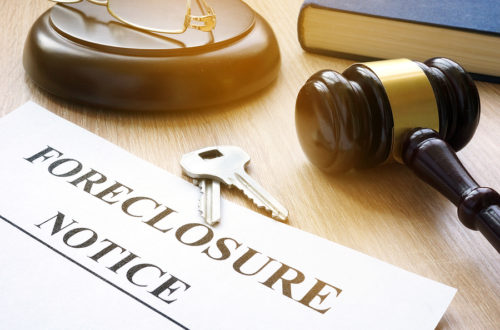The subject of student loan debt has become a major topic of political discourse. While lawmakers have called for widespread student loan relief, a number of loan forgiveness programs have existed for several years.
One public method of student loan forgiveness is the Public Service Loan Forgiveness program (PSLF), although this program has come under fire in recent years. PSLF was created in 2007 with the purpose of helping borrowers working in nonprofit and governmental roles following graduation. If the borrower was able to pay consistently on his or her debt while working in a qualifying nonprofit or government job for ten years, making a total of 120 payments), the remaining debt would be forgiven.
However, the number of student borrowers receiving loan forgiveness through the program has been low. According to a study by the Washington Post, the overall approval right among student loan forgiveness applications has been one in five of the 1.3 million borrowers seeking discharge through PSLF.
In 2021, the Department of Education announced a change to the PSLF program that would temporarily waive certain requirements borrowers needed to meet to receive this loan forgiveness. These changes apply to borrowers seeking loan forgiveness regardless of the type of student loan being forgiven or the payment plan the borrower is in. However, this current waiver is scheduled to expire as of October 31, 2022.
According to the Wall Street Journal, an estimated $8.1 billion in student loan debt relief has been approved since October 2021. It was around this time that the Department of Education rolled out several changes to the PSLF program. Of this amount, approximately 145,000 federal student loan borrowers have received student loan forgiveness.
Many borrowers are unaware that they qualify for PSLF forgiveness. According to a recent report from the Student Borrower Protection Center, over nine million public service workers would likely qualify for student loan debt cancellation through the PSLF program but have not filed the paperwork to initiate the process. The states with the most public service workers with student loan debt come from California, Texas, Florida, and New York.
To receive public service loan forgiveness, the borrower must be employed full-time by a U.S., federal, state, local or tribal governmental entity or nonprofit, must have Direct Loans or other federal student loans consolidated into a Direct Loan, and must make 120 qualifying payments. The waiver expiring October 31 offers loan forgiveness for borrowers under any payment plan, including before and after consolidation, as well as forgiveness for borrowers who received Teacher Loan Forgiveness.
If a borrower wishes to see if he or she is eligible to receive forgiveness under PSLF, the first step is to visit the FSA’s website. The borrower will need to search for his or her employer in FSA’s database and add information regarding his or her employment. Once the borrower finds this information, he or she can see if he or she qualifies under PSLF. The borrower will also need to determine which type of federal student loans he or she has. Direct Loans are the ones eligible for PSLF, but the borrower can consolidate his or her federal student loans into a Direct Consolidation Loan. The good news is until October 31, 2022, any previous payments made on a non-Direct Loan will count for the 120 payments needed under PSLF for loan forgiveness.
Student debt forgiveness has gone up since President Joe Biden took office. In fact, approximately 1.3 million borrowers have seen $25 billion in student loan debt forgiveness since Biden took office.
On top of the borrowers who have received debt cancellation under the revised PSLF program, a total of $7.9 billion in student loans affecting 690,000 has been cancelled due to discharges from school closures and borrowers’ defense. Additionally, another 400,000 borrowers have received over $8.5 billion in debt forgiveness through total and permanent disability discharges.
Recently, the Biden administration has agreed to cancel $6 billion in federal student loan debt for approximately 200,000 borrowers. This loan forgiveness is part of a proposed class-action settlement.
President Biden is anticipated to announce his plans regarding additional student debt forgiveness in July or August.
Please click here to read more.
For borrowers who are struggling with student loan debt, relief options are available. Many student loan borrowers are unaware that they have rights and repayment options available to them, such as postponement of loan payments, reduction of payments or even a complete discharge of the debt. There are ways to file for bankruptcy with student loan debt. It is important you contact an experienced Miami bankruptcy attorney who can advise you of all your options. As an experienced CPA as well as a proven bankruptcy lawyer, Timothy Kingcade knows how to help clients take full advantage of the bankruptcy laws to protect their assets and get successful results. Since 1996 Kingcade Garcia McMaken has been helping people from all walks of life build a better tomorrow. Our attorneys help thousands of people every year take advantage of their rights under bankruptcy protection to restart, rebuild and recover. The day you hire our firm, we will contact your creditors to stop the harassment. You can also find useful consumer information on the Kingcade Garcia McMaken website at www.miamibankruptcy.com.


